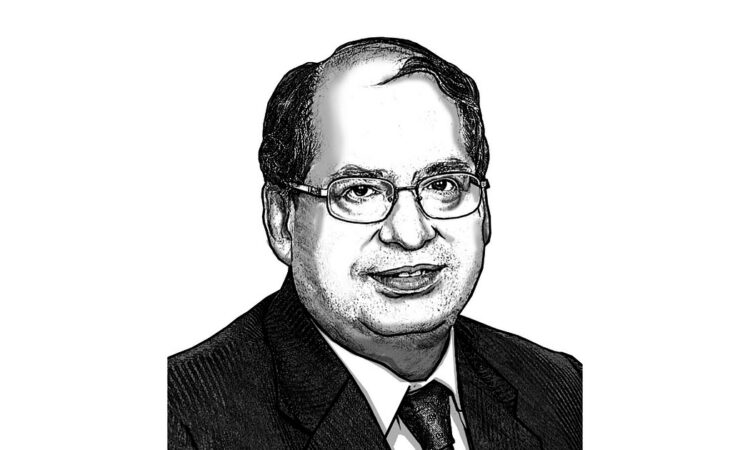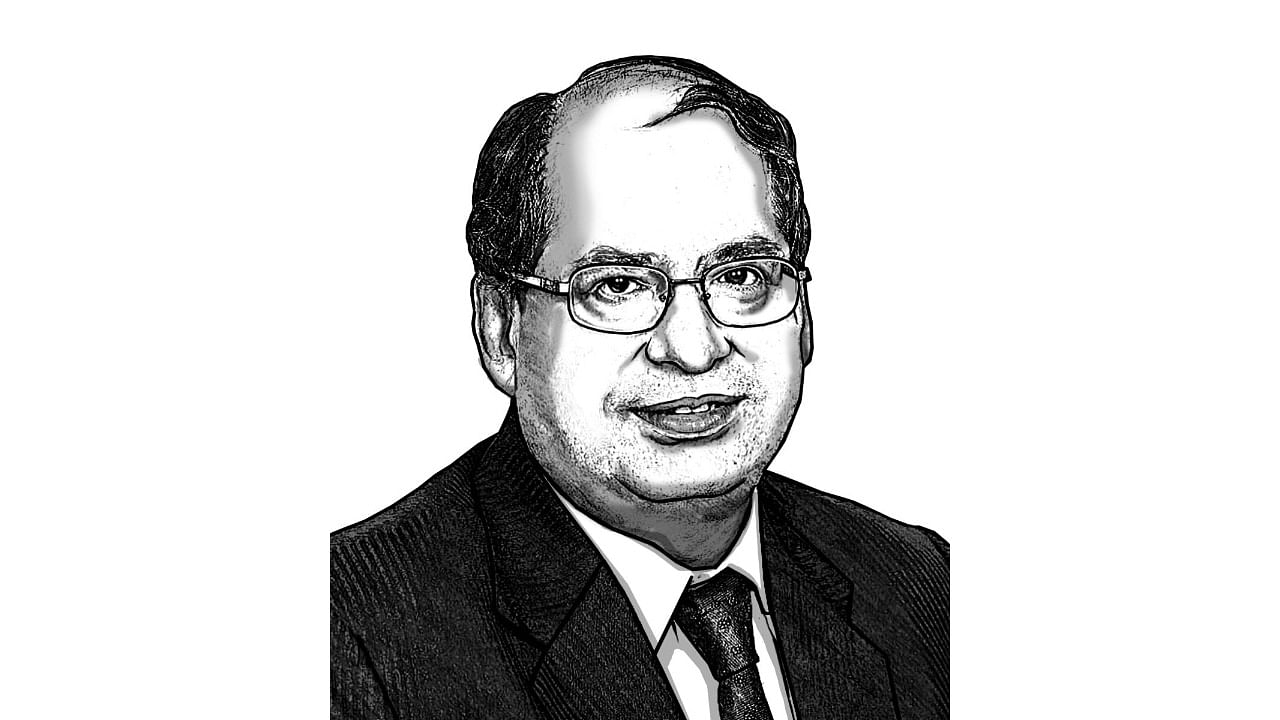
Last Updated IST

TCA Ranganathan: The former chairman of the Export Import Bank of India is a banker with a theory of everything@tcartca
A laudable determination exists to take the rupee global by leveraging our advancement in banking technology and inducing foreigners to take advantage of our low-cost payment systems like UPI by transacting in Rupees. The hope is that this, and additional steps, would enable the Rupee to become an international reserve currency.
There are a number of such reserve currencies. The dollar has a 58 per cent share, euro has 21 per cent, yen has 6 per cent, and pound 5 per cent share in international transactions. The yuan still has a very low share, despite China being the primary trade counterparty to most of the world. The intent is to add ‘rupee’ to this list. Till the 1950s, the rupee was often used for local transactions in West Asia and South-East Asia. While the path to regaining status may be difficult, it is good that we are thinking about it.
If foreigners are to be persuaded to transact in rupees, they need to have the currency with them in the first place; otherwise, conversion cost factors come into play, making the transaction no different from any other multi-currency transaction. The reason why the volume of transactions in dollars and euros is higher is that more people hold them. A person may consider holding rupees if it is legal to hold them. Currently, India has capital controls, so holding rupees abroad is not legal. However, almost anyone can hold rupees in India.
Earlier, the Russians (facing EU sanctions on their oil exports) had been persuaded to take payment for oil in rupees. Banks of 18 countries of Africa, Asia and Europe were permitted to open special rupee accounts to settle cross-border payments in the currency. Recently, pacts were signed with the UAE to create a framework to promote use of local currencies for cross-border transactions and to interlink INR/Dirham payment and messaging systems for seamless settlement.
But Russia withdrew from the arrangement, not knowing what to do with the rupees they hold in India, a problem that others similarly positioned may also face. Most Indian goods cannot compete in the global markets or often cannot be exported on account of domestic shortages. India ranks 14th in the list of major goods exporting countries, with a 1.8% share. We have not been able to do well in exports because the world demands reliable supply of assured quality goods, produced in an environmentally safe way. Undoubtedly some Indian exporters do well, but most, lacking the necessary infrastructure and ecosystem, run into these non-tariff barriers.
Further, the Indian currency is prone to depreciate regularly, making it a poor repository of value. Illustratively, post-2012, the rupee has depreciated by almost 30 per cent — it is now 82 to a dollar. So, no one wants to accumulate rupees.
The rupee depreciates so rapidly because our inflation is higher than that in most peer economies. This is because currently we permit relatively free inward capital flows into our attractive stock/bond markets but are not so open in the reverse direction. As such, large net inflows result, our money supply grows faster than it would have in either a closed economy or a completely open economy. The simple solution would be to ease capital controls. This is admittedly risky, as it could result in losing control over our financial ecosystem. Several countries have had bitter experiences, including heavy currency speculation, in their early years. However, a gradual opening could be attempted if we want the rupee to go global. This is where interesting back and forth moves keep taking place.
A major initiative in allowing partial outflows had taken place when the Liberal Remittances Scheme (2004) was announced, allowing residents to remit money abroad for specific end-uses. Thereafter, while the ceilings did rise in the intervening years (last being 2015), no other major changes in permitted ‘end-use’ have occurred. Residents are still not allowed to open foreign currency accounts with our own domestic banks. Only tiny amounts can be carried abroad. Nor are foreigners allowed to hold rupees abroad.
Even the project to set up our own International Financial Centre at Gandhinagar, Gujarat, has not stabilised, partly because of the confusing number of ways in which the fineprint of the new Overseas Investment Regulations (2022) can be interpreted, preventing banks from allowing regulation-free transactions from such accounts to other countries. We must realise that control-oriented thought processes, as also our indifference to the importance of ensuring quality in our products and processes, are legacies left over from the days of the ‘Licence Permit Raj’. These need to be given up, perhaps by taking several baby steps in deregulating existing controls while simultaneously promoting global quality production. Our ambition to rise in global currency standings needs this special focus.




